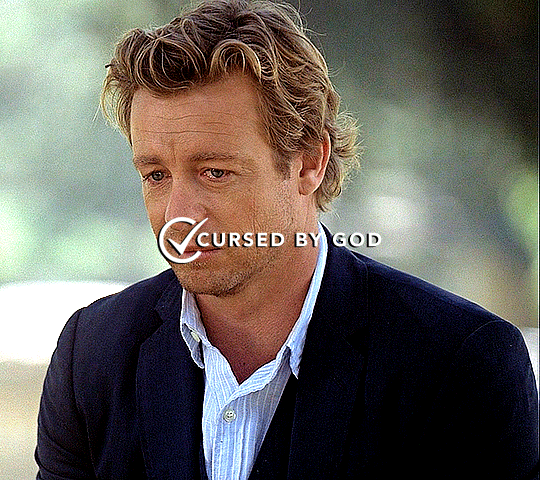Text
How to show emotions
Part IV
How to show bitterness
tightness around their eyes
pinched mouth
sour expression on their face
crossed arms
snorting angrily
turning their eyes upward
shaking their head
How to show hysteria
fast breathing
chest heaving
trembling of their hands
weak knees, giving in
tears flowing down their face uncontrollably
laughing while crying
not being able to stand still
How to show awe
tension leaving their body
shoulders dropping
standing still
opening mouth
slack jaw
not being able to speak correctly
slowed down breathing
wide eyes open
softening their gaze
staring unabashingly
How to show shame
vacant stare
looking down
turning their head away
cannot look at another person
putting their head into their hands
shaking their head
How to show being flustered
blushing
looking down
nervous smile
sharp intake of breath
quickening of breath
blinking rapidly
breaking eye contact
trying to busy their hands
playing with their hair
fidgeting with their fingers
opening mouth without speaking
Part I + Part II + Part III
If you like my blog and want to support me, you can buy me a coffee or become a member! And check out my Instagram! 🥰
27K notes
·
View notes
Text
What to use instead of 'said'
Normally:
• added
• replied
• answered
• stated
• announced
• questioned
• asked
• mentioned
• remarked
Loudly:
• cheered
• shouted
• yelled
• demanded
• barked
• blurted
• growled
• scolded
•snorted
Softly:
• muttered
• murmured
• mumbled
• uttered
• stuttered
• hissed
• moaned
• mouthed
Emotionally:
• begged
• cried
• confessed
• complained
• promised
• pleaded
3K notes
·
View notes
Note
Hi! I was just wondering, what's the best way to make/write out a plot?
Guide: How to Outline a Plot
The best way to outline a plot isn’t the same for everyone, and sometimes it’s even different from story to story. There are lots of different methods, and most writers use a combination of them, so you just have to try different things to see what works best for you. Here are some of the most common methods:
1. Just Write
Some writers are what’s known as “pansters” meaning that once they have a story idea in mind, they prefer to “fly by the seat of their pants” and start writing without any planning in place. The key to making this method work is to remember that you’re only writing the first draft. Nothing you’re doing is set in stone, so don’t feel the story has to be perfect in one shot. Follow your gut and write the story to the best of your ability. Worry about tightening and polishing in subsequent drafts.
2. Synopsis
Some writers prefer to start by writing beginning to end summary of the story, describing all the important details and events in the order that they unfold. Summaries can be a great way to flesh out an idea for a plot, and they can also serve as a nice guideline if you want to “just write” your story but need a bit more structure first.
3. Old-Fashioned Outline
Do they still teach academic outlining in school? I don’t even know… when I was a kid, we learned how to do outlines with Roman numerals for the main points, capital letters for the minor points, and numbers for sub-points. If you’re good at outlining, this can be a great way to outline your plot. (formatting got whacked over the years, so here’s a picture instead…)

4. Timeline
Creating a timeline for your story can be a great way to map it out. All you need is a beginning event, climax event, and end event. From there you can start filling in the events that follow and precede those events. Even if you don’t know the exact date for when a scene takes place, you can still mark it down in the right general place.
5. Scene List
If you have a pretty good idea of the scenes that need to take place, or at least a good number of them, you can start by writing out a scene list. It’s nice to do them in a table if you can so you can organize important details, like chapter, scene number, date and location, who’s in it, and then a short summary. Though, how you organize it is up to you. If you prefer, you can just write the scene number and then a brief summary.
6. Story Structure Map
Some writers like to map out their story according to whatever story structure they want to follow. They’ll pull up a graphic or chart of the structure, transcribe it onto paper or into a document, and then note each relevant event for each structure “mile marker.”
7. Subway/Tube Map
This is a new one I recently heard about. I haven’t had a chance to try it yet, but I think it’s fascinating. And there are even subway map creators you can use if you don’t want to draw it out. Ultimately, the goal is to map out the events of your story in the style of a subway/tube map. This method makes it easy to illustrate subplots and see how they relate to the rest of your story.
8. The Mind Map
Mind maps can be a fantastic way to get the most important parts of your story out on paper, and to start figuring out where other parts fit in and how they relate to everything else.
9. Index Cards
Some writers have luck writing out key scenes, moments, bits of dialogue (or anything else they have in mind) on individual index cards, which can then be laid out in order on a table, allowing for cards to be easily moved around, added, subtracted, etc. until a more complete story starts to emerge. Some writers even invest in giant cork boards for this purpose. Others use a dry erase board and draw out the “cards” instead. A lot of story writing software, such as Scrivener, even includes digital bulletin boards and index cards that you can use to visualize your story.
10. Method/Theory/Template
There are numerous methods/theories/templates dedicated to building/fleshing out plots. Some to look into:
- The Snowflake Method- Dramatica Theory- Save the Cat! for Novels- The Hero’s Journey
If one of the above doesn’t work for you, you’re sure to find even more ideas online. Try doing a search for “how to outline a plot” or “outlining a novel” to see what comes up. You might even try searching for your favorite author’s name plus “outlining” to see if they’ve done any posts sharing their own methods. You may also want to look into books, software, and apps/web sites that offer ways to help you plot your story.
Good luck!
4K notes
·
View notes
Text
Coolest thing about lord of the rings? The king of horses shows up. It appears he is no different from all other horses
56K notes
·
View notes
Text
You know, it's kinda funny how much of high fantasy centers around kings and nobility and courtly intrigue considering that the archetypal high fantasy, Lord of the Rings, had the rather explicit moral of "saving the world is up to this backwater hick and his gardener because no politician, least of all inherited nobility, would have the ability to see past their own ambition and throw away a weapon". Oh sure, Aragorn is a great king and all, but there's a reason he's over there running a distraction ring while the hobbits do the real work. Sauron loses because he gets distracted by kings and armies and great battles (i.e. typical high fantasy stuff) letting Frodo and Sam sneak through his back door and blow it all to hell.
Just saying, maybe old Jirt knew what he was saying when he said that the small folk doing their best and holding to each other was more powerful than a dozen alliances and superweapons and we should respect him for it.
39K notes
·
View notes
Text
Different Ways to Describe Eye Colors
↳ a masterpost for writing prompts that describe eye colors

If you like what I do and want to support me, please consider buying me a coffee! I also offer editing services and other writing advice on my Ko-fi! Become a member to receive exclusive content, early access, and prioritized writing prompt requests.

Brown Eyes
Blue Eyes
Green Eyes
Hazel Eyes
Unusual Eyes
Gray Eyes
Heterochromia Eyes
Black Eyes
White Eyes
White/Silver Eyes pt 2
Hazel Green Eyes
Gold/Yellow Eyes
Reddish-Brown Eyes
Red Eyes
14K notes
·
View notes
Text
Scenes: The Basics🏕️
The Four Chords of a Scene
The scene is a fictional unit that comprises of the following:
Two major chords: Action + Reaction
Two minor chords: Setup + Deepening (be kept to minimum)
A "beat" is a smaller unit within a scene. You can think of this as a paragraph.
1. Action
Action happens when a character does something in order to attain his main objective. In a given scene, he has a scene purpose.
This can include: yelling, shutting the door, fighting, crying, pulling someone back, hugging....basically when your character does something or the other to alleviate the pain or take part in conflict.
2. Reaction
A reaction scene is how a Lead character feels emotionally when something happens to him.
A literary novel may feel like a lot of reaction scens because they are generally more about the interior life of a character.
Reaction is often done in "beats" where the character moves from (1) questioning himself, then (2) providing self-justification to (3) being angry beyond reason, etc.
You can put a "reaction beat" (not a whole scene!) in the middle of action so we know how the character is feeling.
3. Setup
These are things that must occur in order for subsequent scenes to make sense.
All novels need a certain amount of setup to show who the Lead is, what he does and why.
Build in some problem, however slight, to the setup scene. It can be just an alarm ringing or door suddenly opening - something that brings immediacy.
4. Deepening
Deepening is to novel as spice is to food.
This is what you mix to deepen the reader's understanding of character or setting. Make it fresh, drop it in strategically.
Deepening chords are interesting/shocking/fun and kind of in line with the overall theme, but they don't serve a particular purpose.
If you like my blog, buy me a coffee☕ and find me on instagram! 📸
2K notes
·
View notes
Text
nooo don’t push everyone away because you’re scared they’ll abandon you first you’re so sexy aha
22K notes
·
View notes
Text
Imagine The Fellowship all sitting around the campfire halfway up Caradhras retelling the events of the Hobbit to Boromir and Aragorn Rashomon-style with Gimli going "my dad tells it this way" and Legolas going "well, my dad tells it this way" and the Hobbits all going "but Bilbo tells it this way!" and, even though Gandalf was fucking there for half of it, he refuses to weigh in on anything because watching them argue is more fun and also he doesn't remember because it was over 75 years ago.
43K notes
·
View notes
Text

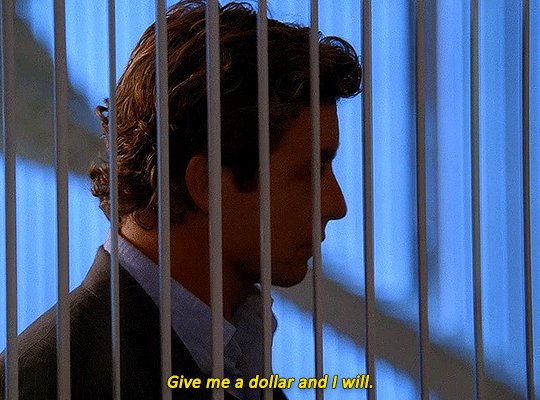
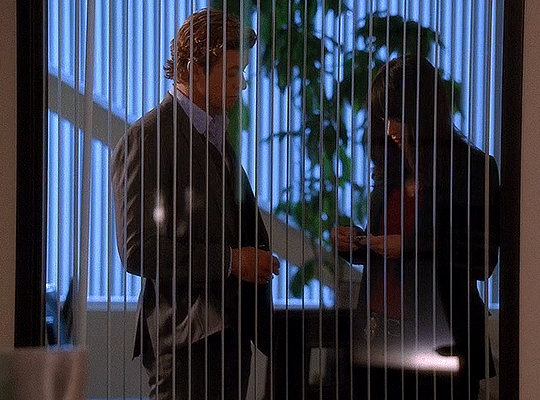
how to train your consultant
+ later:
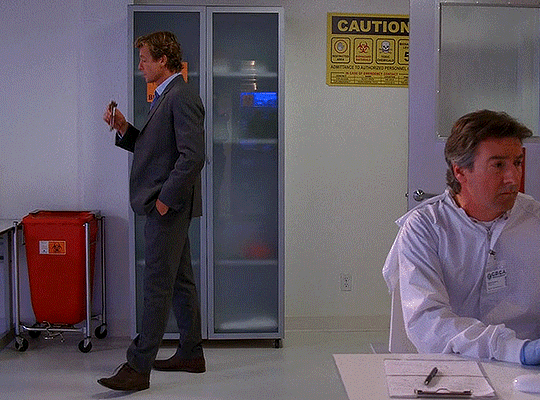
233 notes
·
View notes
Text
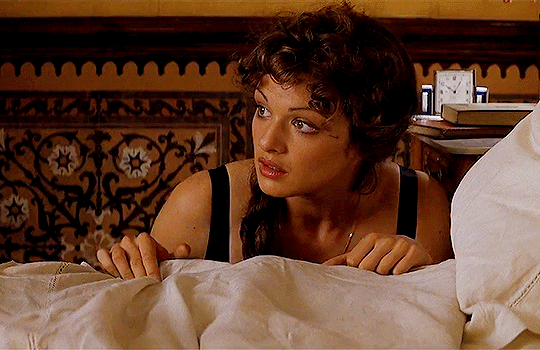


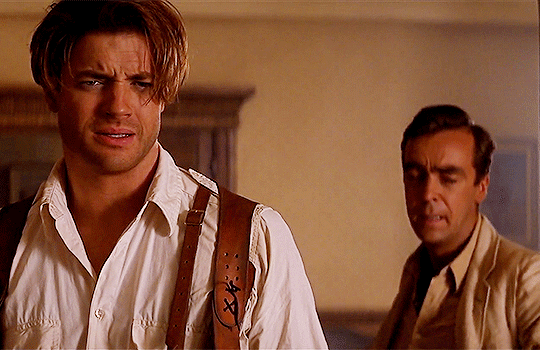
THE MUMMY (1999) dir. Stephen Sommers
2K notes
·
View notes
Text
i don’t flirt i just say weird shit until you tell me i’m pretty & wanna kiss me
21K notes
·
View notes
Text
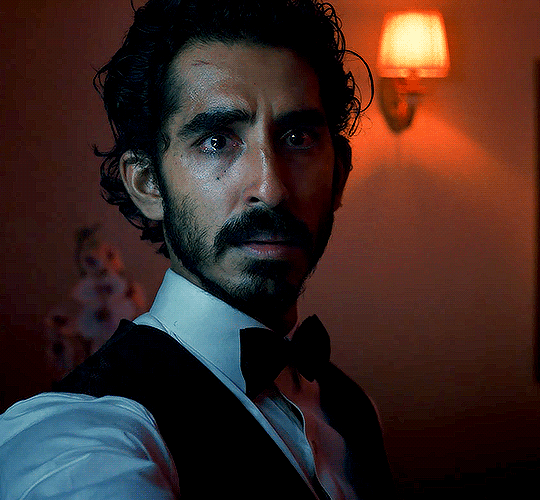

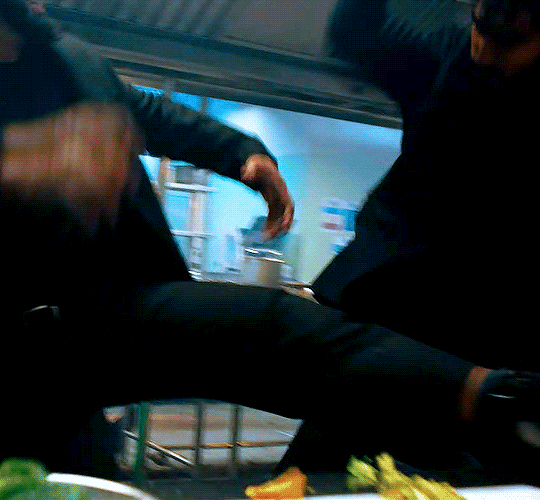



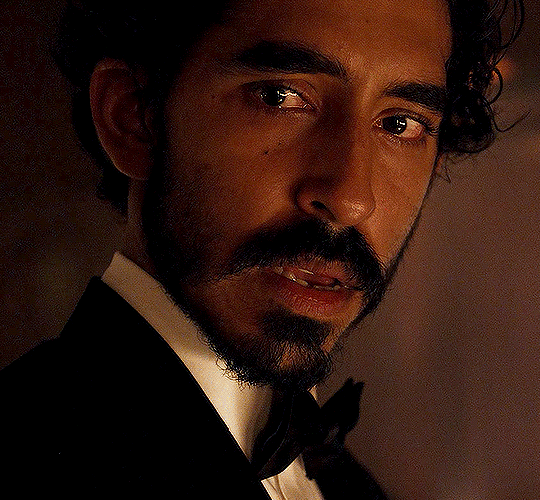
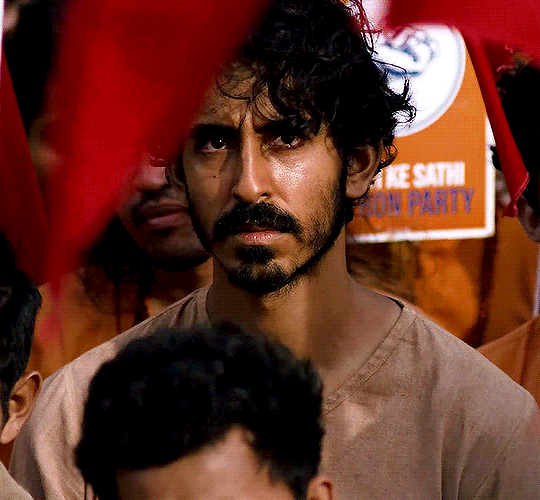
DEV PATEL in MONKEY MAN (2024)
#.........i will need 3-5 business days to collect my thoughts so i dont say something insane#dev patel
5K notes
·
View notes
Text



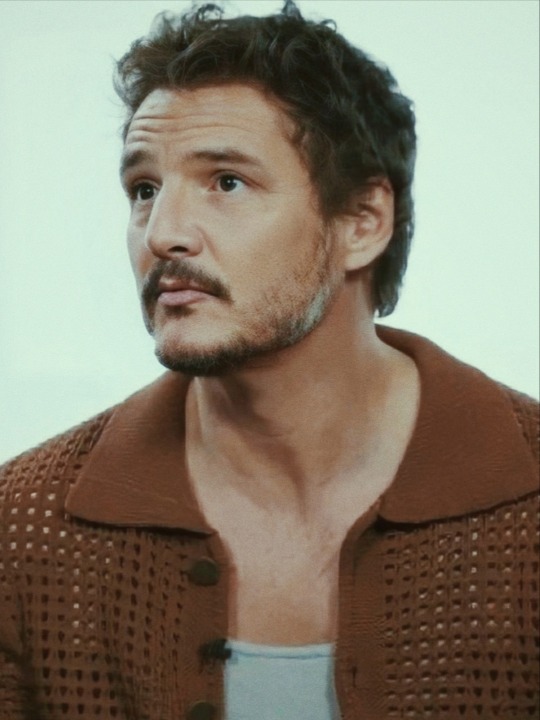
never arguing with a man with a curly hair and big brown eyes whatever you say beautiful 😌
2K notes
·
View notes
Text
[AS A DAGGER IS HELD TO MY THROAT] are we about to kiss rn. Lol
12K notes
·
View notes


